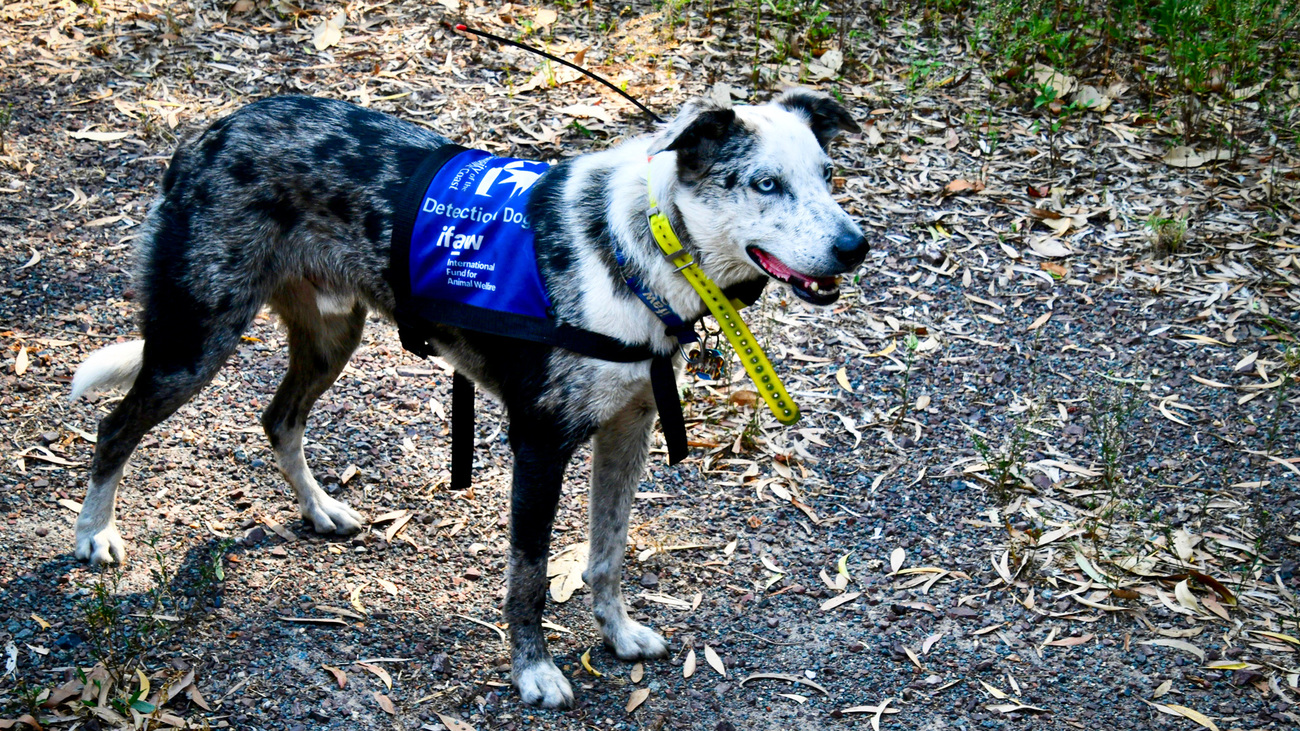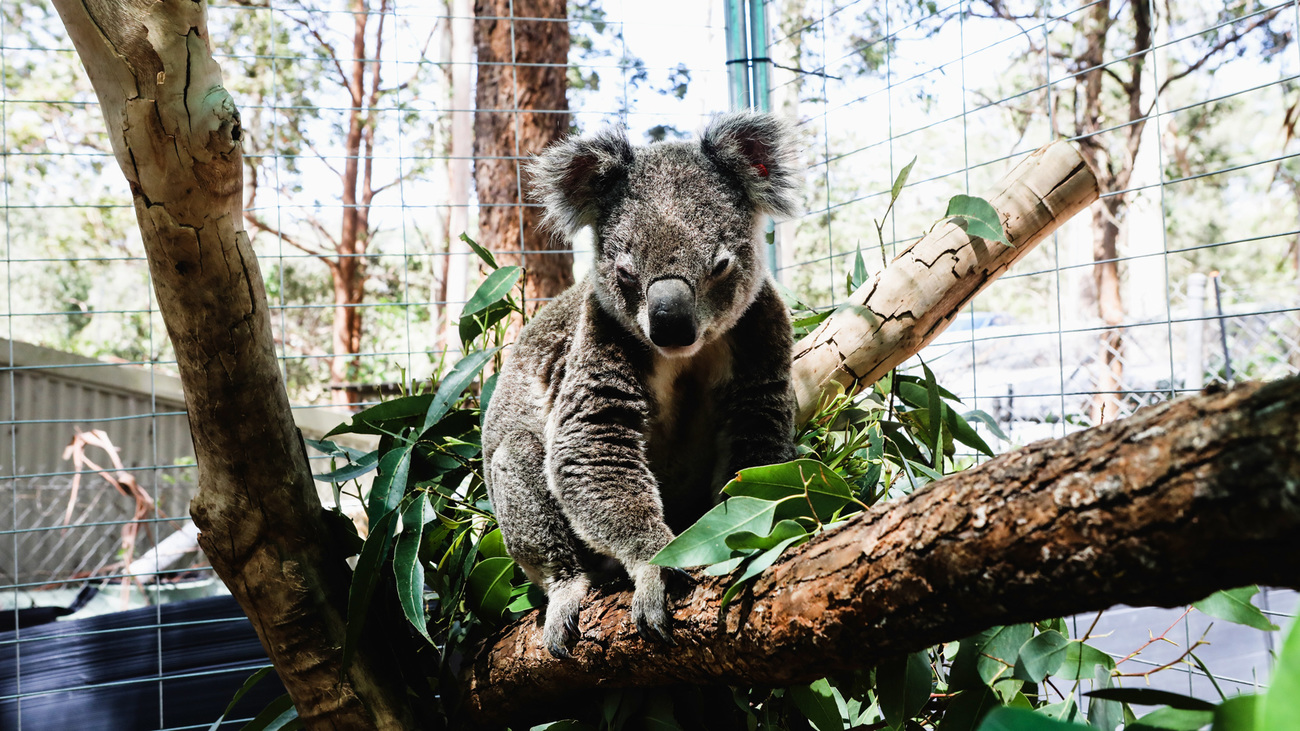Rescuing animals during bushfires - Australia
For over 30 years we’ve been on the ground helping animals affected by bushfiresProtecting nature requires joint effort and government support
Protecting nature requires joint effort and government support
Australia’s unique flora and fauna contributes significantly to our national economy—some estimates show half our GDP as reliant on nature-related activities.
Yet, as became abundantly clear during the Black Summer bushfire season of 2019–2020, when it comes to protecting our native animals and habitat, charities and volunteer organisations bear much of the workload. Providing this care can be overwhelming for many in the wildlife sector, especially during a disaster. Government support for wildlife rescue and conservation is lacking, despite the value of the sector’s contribution to protecting the species that define our country.

Generous donations received in the wake of the fires helped us lay the foundations for more comprehensive and robust support structures for wildlife hospitals and carers and to campaign for legislative change to better protect our wildlife, but as the memory of Black Summer fades, it has become difficult to sustain the level of support needed.
Collaborative research informs policy
The fires made it clear that we as a country need to acknowledge and act upon the threats facing native animals. One way we highlighted this was to commission a report into the true impact of the fires on already declining koala populations in New South Wales. The report concluded that koalas faced an immediate and significant threat of extinction exacerbated by the loss of more than 6,000 individuals in the fires.
This report formed the basis of a joint nomination with other conservation organisations to the NSW Threatened Species Scientific Committee for the provisional up-listing of the state’s koalas from Vulnerable to Endangered on an emergency basis and was then used to support a federal uplisting nomination. The Federal Environment Minister announced the uplisting in 2022, and NSW followed suit. Although it is sad that we reached a point where the uplisting was required, it shines a spotlight on the plight of this iconic species and the need to take urgent action to protect it, along with so many other animals.
Some of our collaborative work provided a baseline for koalas and established best practices for their protection and habitat restoration, as there had been a lack of prior data on koala populations and their health.
Our three-year research project with the University of the Sunshine Coast Detection Dogs for Conservation team studied the effects of fire on koalas’ health. The project integrated research, engagement, and welfare missions, and the results show a promising picture of resilience and recovery. However, it also highlights the need to protect landscapes and for long-term monitoring of populations to help us understand impacts of cumulative threats to their survival in this time of rapid environmental changes.

We also conducted post-fire research in Ngunya Jargoon Indigenous Protected Area (IPA) in Northern NSW. This collaborative project involved Jali Local Aboriginal Land Council, NSW Department of Planning and Environment Saving our Species programme, Ballina Shire Council, the University of the Sunshine Coast (UniSC) Detection Dogs for Conservation, and Friends of the Koala. We detected 32 koalas with a drone-mounted thermal camera. UniSC x IFAW koala detection dog Bear helped search for the detected koalas so we could conduct health checks. This work was presented at the National Koala Conference 2023.
Federal and state government departments welcomed our expertise and insights as they reviewed their koala management strategies. We supported a koala post-release monitoring study which informed NSW’s koala code of conduct to support rehabilitated koalas and worked with Zoos Victoria on the post-release monitoring of 14 bushfire impacted koalas—the first of its kind—to inform best practice rescue and release.
As part of Places You Love, a national alliance of conservation organisations, we continue to lobby the Australian government to pass stronger nature laws including an overhaul of Australia’s Environment Protection and Biodiversity Conservation Act 1999 (EPBC Act).
We welcomed and made a submission to the NSW Government’s review of the state’s wildlife rehabilitation sector. This sector provides a critical community service but is inherently unsustainable due to its voluntary nature. We are urging an immediate overhaul and an injection of sustained funding to ensure its long-term future.

More government support is needed
These are just some of the activities we undertook as part of the recovery post-Black Summer. It has been a huge joint effort with many organisations, but the continued threat posed by climate change is so big it cannot be left to charities and volunteers to protect the animals that are so important to our country in so many ways. The burden on our sector will become untenable without significant government support.
We will continue our efforts to ensure the wildlife sector gains the recognition and reinforcement it deserves. This will, in turn, give our animals better protection and care and the opportunity to thrive in the places they call home.
Related content
Every problem has a solution, every solution needs support.
The problems we face are urgent, complicated, and resistant to change. Real solutions demand creativity, hard work, and involvement from people like you.